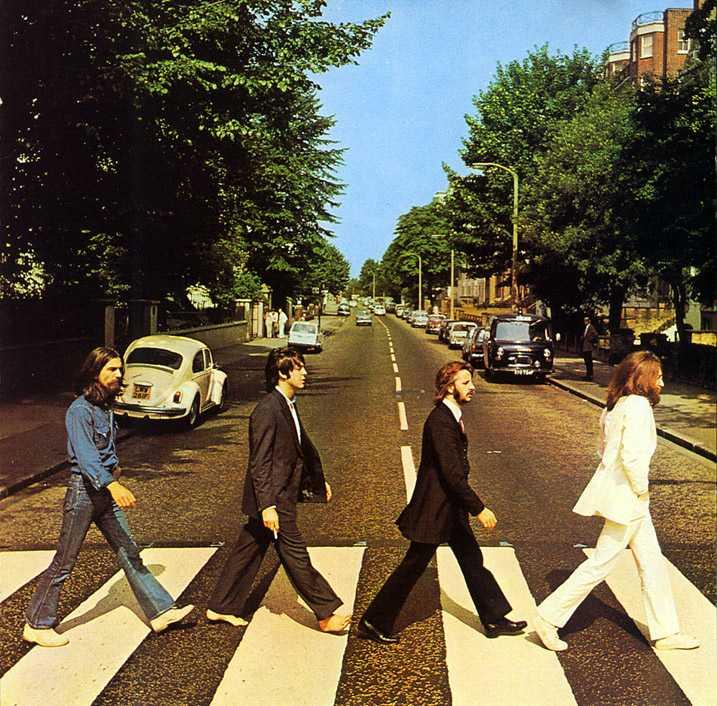Walkabout

I went for a walk last night. Normally, that wouldn't merit a post. Plenty of people go for plenty of walks in plenty of cities every day. Why is my experience any different? I suppose it isn't. It is, however, a great opportunity to remind ourselves (1) why walkability matters, and (2) what elements of urban planning and policy can encourage it.
Why does walkability matter?
* Walkability matters because we see things in greater detail when we walk. When we drive past a house, or a park, or a factory, we things in fast motion. Our eyes pick up the big details: dominant color, dominant shape, and so on. But we miss little details. When we walk, we see that the bricks have different shapes. We see that sidewalks are worn to different degrees. We see not just that there is trash in some corner, but that the trash consist of takeout containers from this-or-that restaurant, along with empty bottles of liquor. These artifacts tell us stories about the people with whom we share these spaces. These spaces are no longer simple entertaining backgrounds from behind a window. They are spaces lived in by fellow humans (and animals, too!). Walkability matters because we only slow down to appreciate little details--like the 6 kinds of peace signs in front of one of my favorite houses on Nicollet island--when we are free to stop and look.
* Walkability matters because fresh air matters. Rolling down the window in a moving car is not the same thing as breathing in air at ground level. When you breathe air at walking speed, it doesn't rush past you. You smell everything. Fresh paint, burning rubbers, blooming flowers, river pollution. Wonderful and terrible smells. These are real smells of real things; we would not notice them if we did not walk around and breathe in the air. Too much air conditioning and indoor life stultifies in the long run.
* Walkability matters because we encountering people matters. Most Americans these days seem to live in suburbs. They encounter one another in well-defined social settings--restaurants, churches, workplaces, parks. But they miss encountering the vast majority of people who share their space in the interstices between these well-established gathering places. I walk across the Stone Arch bridge almost every day. I see all kinds of fellow Minneapolitans: kids, teenagers, couples, retirees, families, pets. Not to mention the wide variety of ethnicities we have in the Twin Cities: Liberians, Hmong, central Americans of every type, and (of course) one or two Scandinavians. Walkability matters because without it we would only spend time with our self-selected social circle. We need walkability because it exposes us to all of our fellow residents.
What elements of urban planning and policy can encourage walkability?
* Zoning: We need aggressive zoning policies that encourage (1) small-format ground-floor retail, (2) medium-density housing adjacent to, and above, said retail, and (3) parking policies favorable to multi-modal transit and rapid turnover of parking spots. Small-format ground-floor retail is great because it encourages a multiplicity of uses. Many small shops are better for the economy in the long run than one large shop, because economic diversity breeds long-term stability. Ground-floor retail is essential because people walk--and drive--past at eye level. They need to be able to see, and interact with, the ground-level retail space itself. Medium density housing is necessary in commercial districts because you need a critical mass of people to support dense retail environments and mass transit. Parking policies that encourage rapid turnover of parking spaces are important because a commercial area thrives when customers arrive and depart steadily.
* Pocket parks, benches, and the like: Sidewalks--and streets--are safer when there are more eyes-on-the-street. To encourage people to spend time outside, we need lots of pocket parks. We also need (gasp!) benches. I know it's scary to think that a person might want to sit outdoors, but it is indeed possible. More benches = more people outside = safer streets.

1 Comments:
Not to mention that walking is great exercise that almost anyone of any age can do!
Post a Comment
Subscribe to Post Comments [Atom]
<< Home